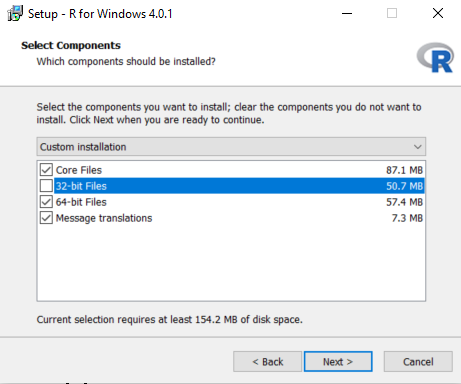


This then downloads and installs the appropriate GTK+ libraries for your computer. Click on the OK and then you will be asked if you would like to install GTK+. If the RGtk2 package has yet to be installed, there will be an error popup indicating that is missing from your computer. install.packages(“rattle”, dep=c(“Suggests”)).Rattle will install other packages as needed but we can force the install of all other packages Rattle uses in one go if we so wish, using: (3) How to solve the dependency problems (Rattle needs RGtk2, XML, and CarioDevice) TL DR This should be enough on Windows systems. If a separate Rattle GUI pops up, you are set to go! To run the Rattle GUI on RStudio, type the following command: This loads the Rattle package into the library and then starts up Rattle. Open RStudio and enter the following command at the prompt (the lower left-hand corner of the screenshot below).Įnter the following two commands at the R prompt.The suggested video for the first week also shows how to install Rattle. For more information about RStudio, please visit Once it is downloaded, run the installer and the installation process will start shortly. See the Rattle book, DMRR, for more details.įind the right version of an installer for RStudio for your platform here and download it.

To do it without Rstudio, just type the commands directly into the R interface. In this document, we describe the procedures for doing it with Rstudio first. The second way is installing R and Rattle separately and then installing RStudio later on. The first way is installing RStudio and then Rattle inside of the RStudio platform. We are going to use Rattle for the first few weeks of the course and then switch to RStudio. There are two ways to install Rattle and RStudio.


 0 kommentar(er)
0 kommentar(er)
